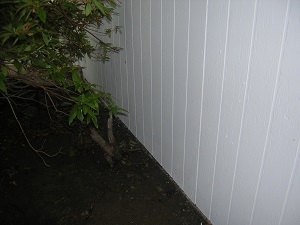Scraping, Sanding, Priming and Painting Old Wood

Maintaining the paint on your house, doors, shutters and external trim is one of the most important parts of keeping your home up. There is no escaping the fact that scraping, sanding, priming and then repainting wood is the only way to solve exterior paint problems the right way. Doing a poor job will prolong the problem. If you keep the paint maintained around the edges of your house, you avoid larger and larger areas of deterioration appearing that you will soon have to deal with. If you're going to scrape paint, make sure you follow your government's guidelines for possible lead paint exposure. I will show you the correct procedure for solving your exterior paint problems.
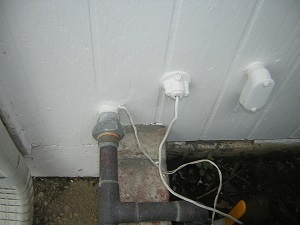
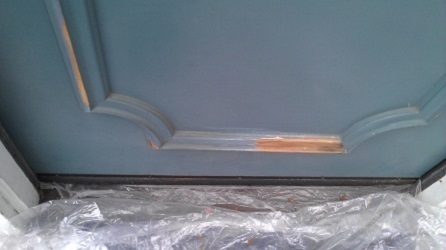
The first thing to do when painting old wood is to use a paint removal tool such as a paint scraper or putty knife to scrape all the loose paint off of the wood. Wear a mask when doing this. Scrape the paint until you hit the patches of it that stick and you can't scrape it off anymore. Next, you want to sand the wood. Wearing a mask very important at this stage as well.
Use medium grade sandpaper to sand the wood, making the edges of the remaining paint as flush as possible with the bare wood. Don't use a too heavy grade of sandpaper, or it will make noticeable scratches, but not too light that it doesn't make the left-over paint blend into the raw wood.
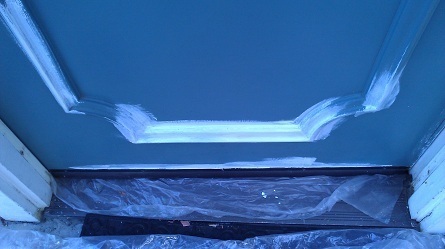
When it looks like what you've sanded will blend well with paint on top of it, it's on to the next step which is VERY important. That is priming the raw wood. Do not skip this step! Paint itself doesn't stick very well to raw wood (or any other raw material, such as masonry, metal, etc.), but paint sticks to primer very well. Therefore it is an essential step. It's okay to have the primer overlap the old paint.
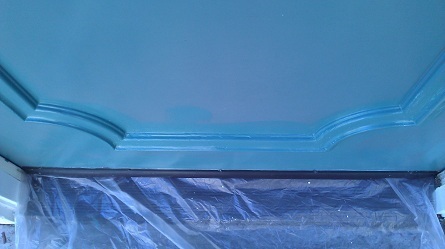
Put one coat of paint over the section that you've primed. Remember to use drop cloths under your work.
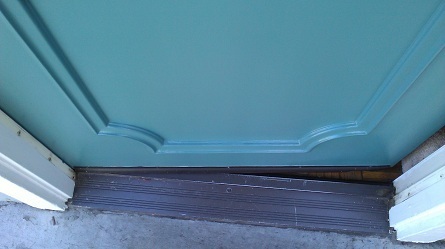
When the first coat touch-up has dried, go ahead and put a second final coat over everything and blend it with the old paint. It's much easier to do that with flat paint then with semigloss because touch ups with flat paint 'disappear' well. If you're painting with semigloss, you'll have to paint up to a straight edge somewhere. Try to 'make a box' (like paint all the way up to a molding) so your touch-up is not noticeable. Don't try to touch up semigloss in patches because it will look bad in certain light.
I recommend the product below for all your priming needs. Please help support this site by ordering it from Amazon.com within 24 hours using the link below:
Rust-Oleum 2004 Zinsser Bulls Eye 1-2-3 White Water-Based Interior/Exterior Primer Sealer, 1-Quart
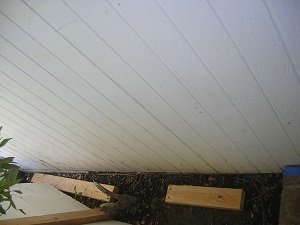
You can get away with not painting your house for a long time if you touch it up around the edges well at the first signs of deterioration.
